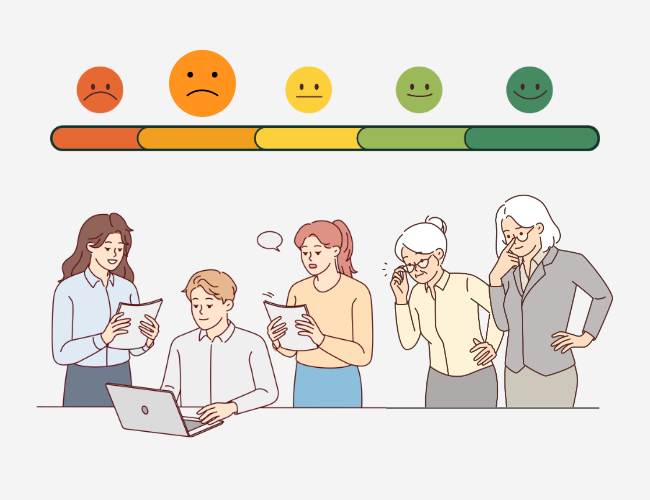A survey of almost 1,200 job seekers by the online employment service iHire revealed that 75.5% of employees are planning to stay with their current employer no longer than five years. Of those surveyed, 51.7% said they had left a job voluntarily within the past five years; 31.2% said they planned to stay at their current employer for less than one year.
These numbers should be sobering to employers. Employee retention and high turnover rates can directly affect a company’s bottom line. A recent Gallup report suggests that U.S. employers lose $1 trillion annually to voluntary employee turnover, and the U.S. Bureau of Labor Statistics reports an annual employee turnover rate of 26.3% as of 2017.
Gallup estimates that it costs up to two times an employee’s annual salary to replace that employee. It isn’t just hard costs that employers risk when good people leave. Employee turnover can lower company morale and productivity, and it could mean damage to customer relationships or the brand.
Why Employees Leave
The iHire survey offered some insight into why employees leave:
- “Unsatisfactory salary/pay” and “few growth or advancement opportunities” were the top two reasons given for quitting (16.9% and 11.7%, respectively).
- Almost half of those surveyed (48.6%) said a “raise or bonus” would make them more likely to stay with their current employer, and 21.6% said they would be more likely to stay if they had “clear growth opportunities.”
- Employees also value company culture and work environment; 10.7% of respondents would leave a job due to a toxic work environment, 9.5% said they would leave due to stress or unmanageable workload (“burnout”), and 7.0% said they would leave due to poor work/life balance.
It’s possible that cultural shift is contributing to the higher voluntary turnover rates. “Job-hopping” isn’t viewed as negatively as in past decades, and some employers even see it as a plus in certain industries and roles.
In addition, a record-low unemployment rate and a shortage of skilled workers means increased competition for the best and brightest. In a candidate-driven labor market where employees and candidates call the shots, it’s up to employers to step up their game to attract and keep good talent.
“Qualified talent has become difficult not only to recruit, but also to retain due to a job market with more open positions than people to fill them,” said Steve Flook, President and CEO of iHire. “The possibility that a more rewarding career opportunity is out there is often too compelling for even the most tenured and loyal employee. That’s why employers need to make the extra effort to keep their best talent engaged, nurture staff’s professional and personal growth, and establish a workplace culture that cannot be found anywhere else.”
Why Employees Stay
Though insufficient pay and limited growth opportunities were the top ranked reasons for leaving a job, employers should not underestimate the value of company culture on employee retention.
Job seekers said they would consider staying in a current position if they were offered:
- Healthier work/life balance (22.1%)
- Flexible/work-from-home arrangements (14.7%)
- Wellness program (3.3%)
- Free food/snacks (1.4%)
Casual dress code, pet-friendly workplace, and volunteer opportunities were also cited as influencing a decision to stay.
Though wellness programs didn’t represent a high percentage on the iHire survey, their value in recruitment and retention is well-documented. According to the American Psychological Association, 89% of employees with access to employer-sponsored well-being initiatives are more likely to recommend their employer to other job seekers. Also, a report from Mercer revealed that half of employees would like to see a greater focus on physical, psychological, and financial well-being.
Employers who want to attract and retain top talent would be wise to focus on building a culture that encourages employee well-being. Though it may be tough to equate the expense of a wellness program with a precise dollar-for-dollar return, the value to the employer may be incalculable if it means retaining top talent.












